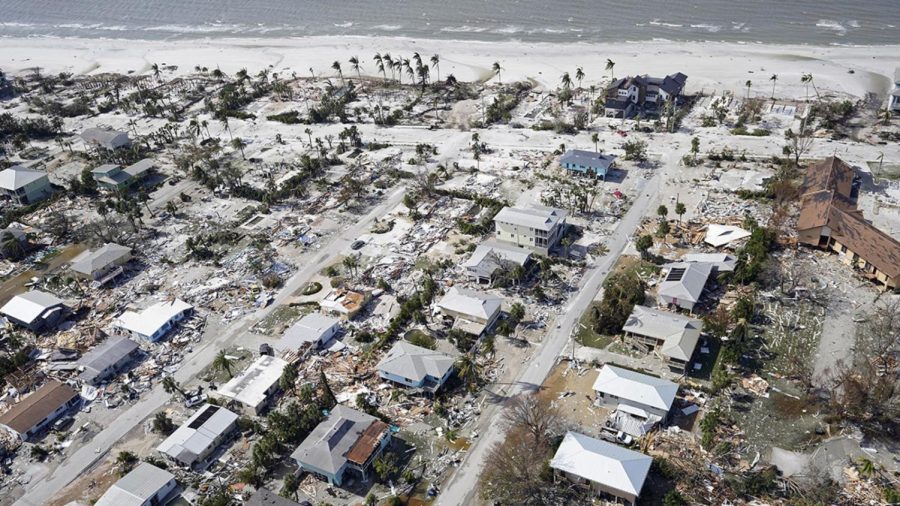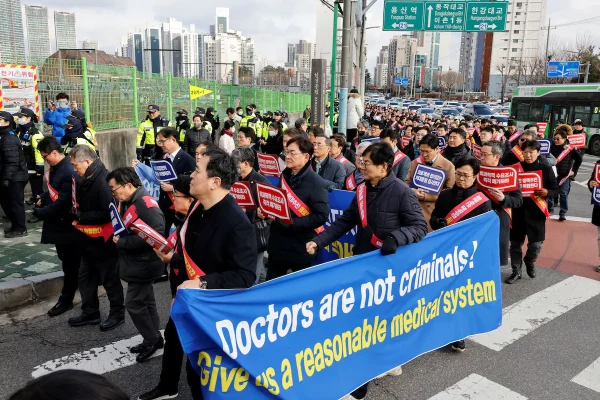Hurricane Ian creates devastation
On Sept. 28, Hurricane Ian made landfall on Florida’s West Coast at Category 4 strength. The death toll continues to rise, with current numbers confirming at least 109 people killed in Florida and North Carolina. The deaths are either a result of drowning or the harsh consequences of the storm.
Hurricane Ian obliterated neighborhoods from the west coast to inland cities, costing people their homes and electricity. On Oct. 3, more than 491,000 homes and businesses in Florida, 56,800 customers in North Carolina, and 17,000 in Virginia still did not have power.
Roadways remained flooded, bridges crumbled, and coastlines changed. Some residents describe the scene as a “war zone”.
Once power and water are restored, some schools in the southwestern region may open by the second week of October; however, schools in the hardest hit locations are expected to delay their re-opening.
Hurricane is on par with the most expensive storm in Florida’s history with the worst damage in the U.S. as a whole. The economic fallout caused by the storm is expected to fall between $180 and $210 billion. AccuWeather Founder and CEO Dr. Joel N. Myers puts this number into perspective by establishing that $200 billion amounts to 1 percent of USA’s national GDP, indicating its significant impact on the economy and growth recession as a whole.
With more than 1,000 search-and-rescue team members deployed, they have made at least 2,300 rescues. 100 National Guard members will also be flying to Sanibel and Pine islands to work on restoring power. Search crews in Fort Myers Beach however, that power may not be restored for 30 days attributed to the destroyed electrical infrastructure.
In the meantime, the Florida Disaster Fund had raised nearly $35 million after the website’s activation. Figures such as NFL player Tom Brady have also made great donations to the fund.
“It is heartbreaking to see bad news appearing one after another,” Seungkyu Han (12), AP World History student, said. “I think the most we can do as people living in a distant location is to express condolence, provide monetary support, and raise awareness on the issue so we can gather additional support.”











